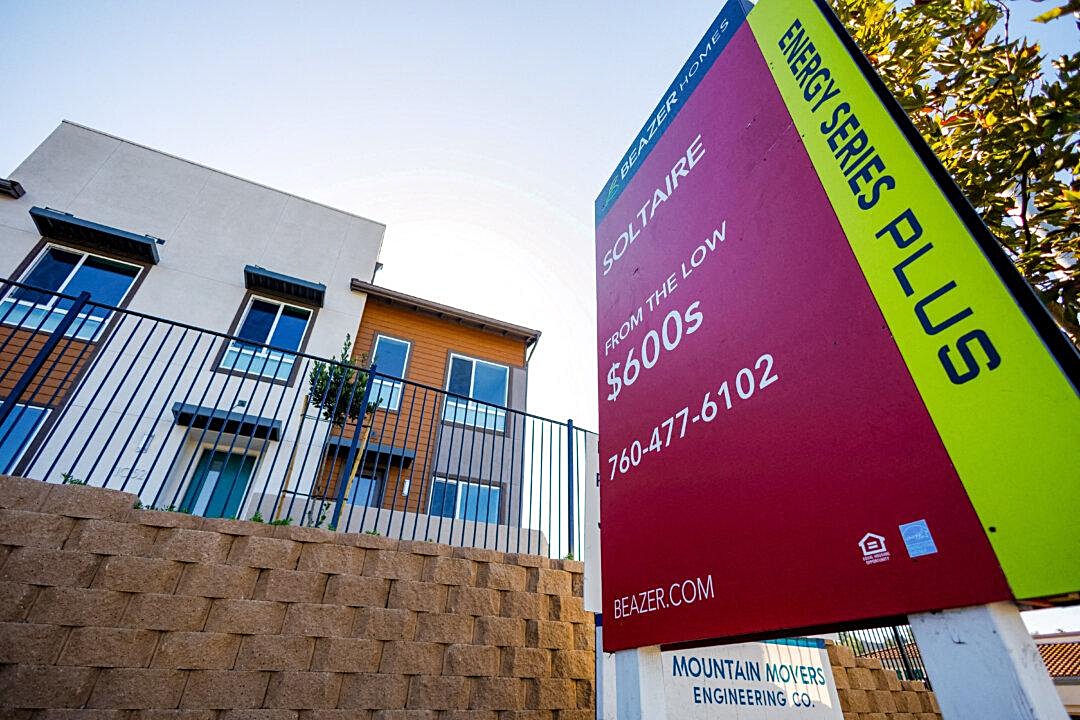The interest rate for the most popular U.S. home loan experienced a significant decline last week, reaching its lowest level in 15 months. This drop occurred after the Federal Reserve indicated that it may begin reducing its policy rate in September. Additionally, the weakening job market further strengthened the belief in financial markets that there would be substantial reductions in borrowing costs.
According to the Mortgage Bankers Association, the average contract rate on a 30-year fixed-rate mortgage decreased by 27 basis points during the week ending on August 2. It reached 6.55 percent, marking the lowest rate seen since May 2023 and representing the sharpest drop in two years.
This decline provides much-needed relief to potential homebuyers who have been struggling to afford housing due to rising home prices and borrowing costs in recent years.
The unaffordability of the housing market was evident in Fannie Mae’s July housing sentiment index. The index revealed that only 17 percent of respondents considered it a good time to buy a home, down from 19 percent in June. Furthermore, the survey showed that 35 percent of respondents preferred to rent their next residence rather than buy, the highest share since 2011.
The Mortgage Bankers Association reported a sharp rise in refinancing applications, reaching the highest level in two years. As a result, the refinance share of overall loan application volumes reached 41.7 percent, the highest level since the week of the Federal Reserve’s first rate hike in March 2022.
However, purchase activity only saw a slight increase of less than 1 percent due to a low inventory of homes for sale, which has driven up prices.
Last week, the Federal Reserve signaled the potential for a policy rate cut in response to cooling price pressures and a slowdown in the labor market. This shift in communication follows the Federal Reserve’s previous aggressive rate-hike campaign in 2022 and 2023, which led to the highest borrowing costs in decades. The central bank has maintained its policy rate within the 5.25 percent to 5.50 percent range for over a year.
The Labor Department’s monthly jobs report, released two days after the Federal Reserve’s policy meeting, displayed a jump in the U.S. unemployment rate to 4.3 percent in July, accompanied by slowed hiring. These figures raised concerns of an impending recession or potentially an ongoing one.
As a result, equity markets experienced a decline, impacting global markets until stocks showed some recovery on Tuesday. Major U.S. stock indices were trading higher again on Wednesday.
According to San Francisco Fed President Mary Daly, this change in communication has already resulted in lower mortgage rates as investors anticipate the next move by the central bank. “You already see policy working, even before we cut the rate,” she stated.
Based on interest rate futures, it is now anticipated that the Federal Reserve will decrease its policy rate by a total of one full percentage point by the end of this year, starting with a half percentage point reduction next month.
According to Intercontinental Exchanges ICE Mortgage Monitor, over 4 million mortgages originated since 2022 have interest rates of 6.5 percent or higher. In contrast, data from Freddie Mac, the government-sponsored mortgage giant, indicates that more than six out of 10 mortgages have rates below 4 percent. This implies that for a significant number of homeowners, mortgage rates must drop even further to make refinancing financially beneficial or to entice them to buy a new home and sell their current one.
Discover more from Tension News
Subscribe to get the latest posts sent to your email.

